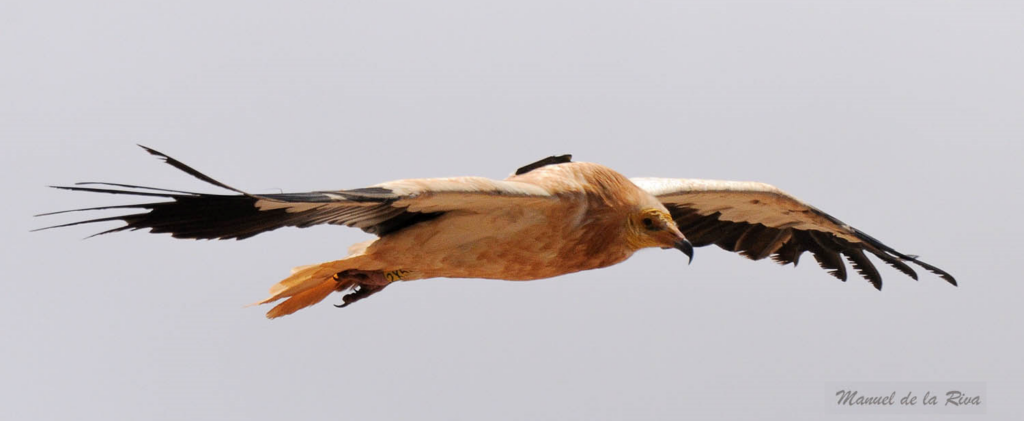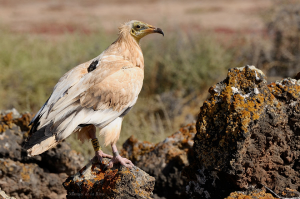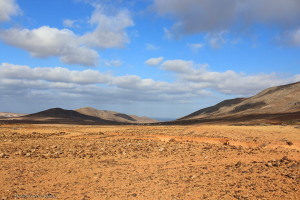Species: Egyptian Vulture

The study of animal movement in populations of endangered species is a crucial step in their conservation. It allows us to understand how the spatial context influences population dynamics through its effects on life-history parameters such as recruitment, fecundity and survival, ultimately giving us insights into how changes at different spatial scales may affect the targeted species.
The Egyptian vulture (Neophron percnopterus) is declining in virtually all parts of its range, mainly due to non-natural mortality, so it is classified as “endangered”. It mainly lives in open landscapes in rugged and arid regions where it scavenges small and medium-sized carcasses. It nests in cliff cavities of variable size, maintains breeding territories during the breeding season and normally rears one or two chicks. Although breeding territorially, they congregate in large numbers at feeding locations and communal roosts. The species has historically occupied some archipelagos even at great distances from the mainland. In the Canary Islands, the Egyptian vulture was historically abundant, but it approached extinction at the end of the 20th century.

Our study is focused on the relic population still surviving in the Eastern Canary Islands. Here, they are sedentary, in contrast to the mainland populations. It is considered a subspecies (N. p. majorensis), locally called ‘Guirre’. The population has been rapidly decreasing during the second half of the 20th century due to mortality caused by human activity: mainly accidents with power lines (collisions, electrocution and entanglement) and indirect poisoning. The situation has reversed thanks to conservation measures and the population has grown from 21 territories in 1998 to 61 in 2015.
Since 1998, this Canarian population has been monitored intensively by our team at the Estación Biológica de Doñana – CSIC. The whole breeding population is counted annually, the breeding success is determined, and all the fledglings are ringed. Moreover, immature and adult birds are regularly captured and marked. Currently 90% of the whole population (around 300 birds) is ringed, so individual life-histories are well-documented.
Between June 2013 and June 2015, 27 non-breeding individuals (3-5 years-old) have been captured at baited sites and fitted with UvA-BiTS devices 6CDXL. Tagged vultures are giving invaluable information, for example on the individual use of food resources (supplementary feeding places, farms) and roosting places, as well as on the patterns of prospection of potential settlement places. Ten birds have been recruited into the breeding population as of summer 2015.

Contact persons, funders and participants
José Antonio Donázar, Estación Biológica de Doñana EBD-CSIC, Sevilla (Spain) donazar@ebd.csic.es
Marina García Alfonso, Estación Biológica de Doñana EBD-CSIC, Sevilla (Spain) margaralf@ebd.csic.es
Willem Bouten, University of Amsterdam Institute for Biodiversity and Ecosystem Dynamics / Instituut voor Biodiversiteit en Ecosysteem Dynamica (IBED) w.bouten@uva.nl
